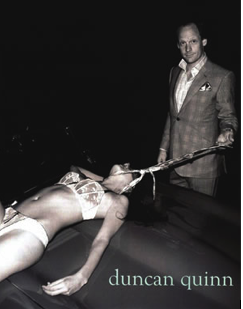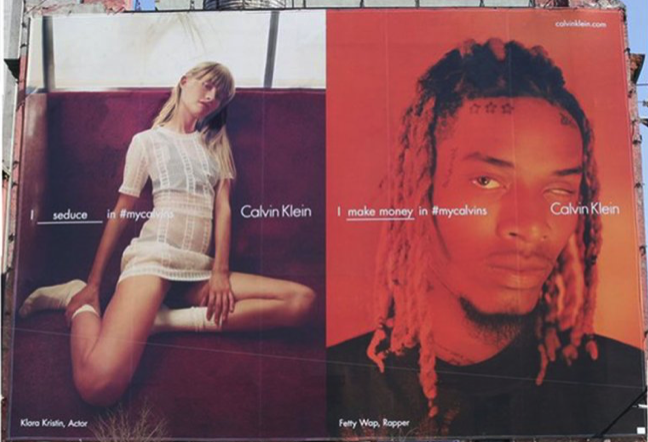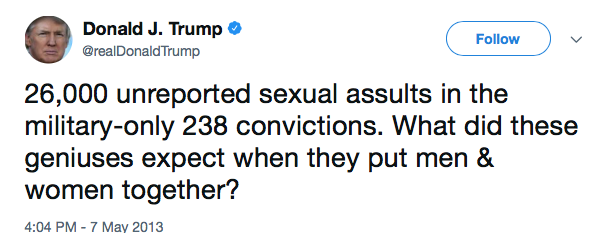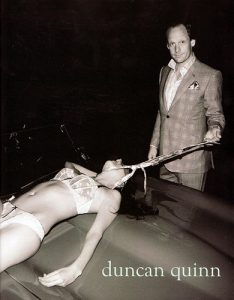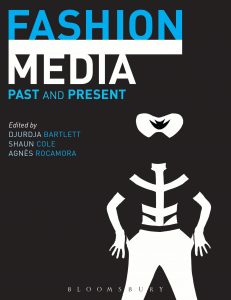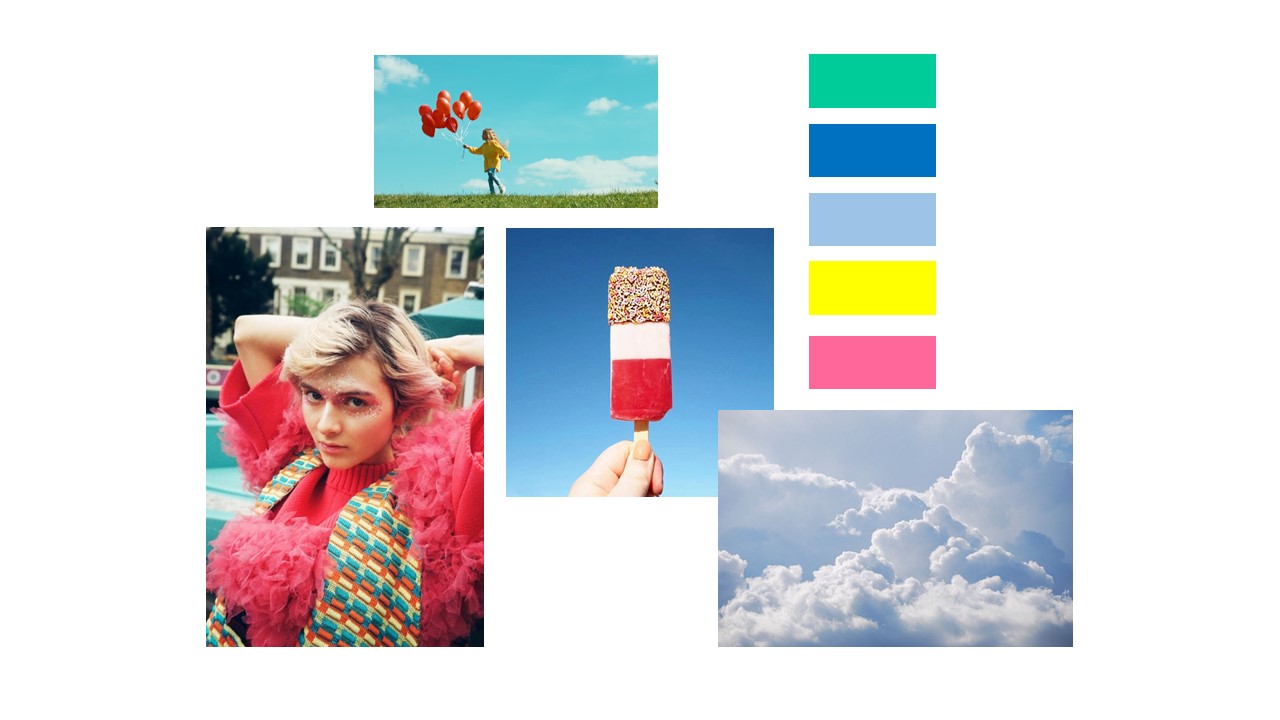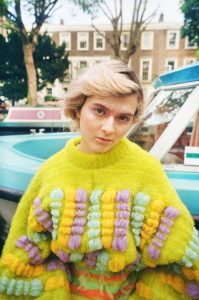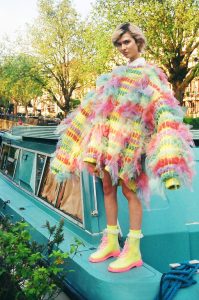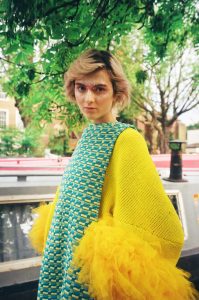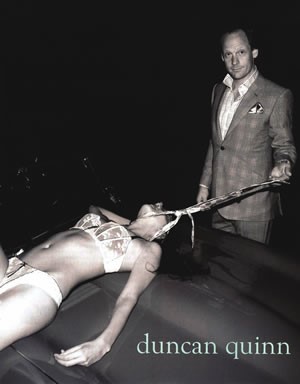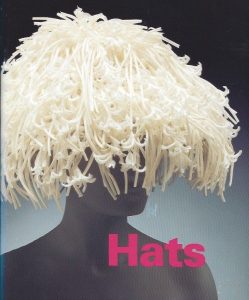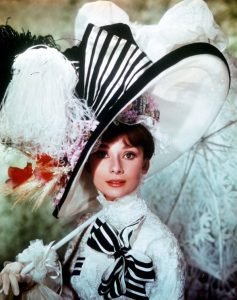task 9&10 Duncan Quinn imageIn this image I struggle to see the product that is being advertised, as a matter of fact I am not sure that this is suited to be called and advertisement; this image looks as if it should be part of a trailer for a sexual fantasy movie i.e. fifty shades of grey, it also reminds me of a book my friend once read called ‘destined to feel’ by Indigo Bloome which, from the title it sounds quite sexual, yes I think this image could be played out quite well in those story lines.
Anyhow, back to the main point, I disagree with this image in terms of it being an advert as this image conveys to me that the female model is made to look like a victim as she looks as if she is the man’s sex slave, as if she is being controlled and almost threatened by the thought of abuse or death as he has full control of her with a necktie strung up around her neck, alongside the fact that she is laying down semi nude and almost lifeless showing her vulnerability compared to the male in the image who looks very dominant and patriotic whilst smiling in his expensive suit. The image reads male dominance, female vulnerability and reminds me of the days when women weren’t known by their names but by their male partner i.e. in the book Of Mice And Men by John Steinbeck, the reason being is that you cannot see her face, suggesting that she has no form of identity, which is quite troubling as many women in the past and to this day are only really paid attention to after their tragic endings of being in an abusive relationship, as there are many news stories where women have died but their situations were known and ignored by the police.
The noose almost makes the image look as if she is being enslaved as though she is an animal as you mainly see animals with chains and ropes around their necks in order to keep them under the owner’s control.
To the male audience, some men will believe that there is nothing wrong with this image as they believe in male dominance, control or sexual violence which is unacceptable. This image is a very typical way of getting the male audience attention; it is almost as if Quinn believes that this is the only way (objectifying a female) to sell his suits and accessories.
On the news activist website, Ballet567 mentions that this advert has had a negative effect on many viewers since its release and has been “ referred to as the ‘strangler’ ad” The fact that it has been called this just elaborates the idea of abuse. Ballet567 states “it looks like the woman is dead and this sends the wrong messages to men that view this ad. They may think its okay to abuse women, as long as they look good while doing it, which is what this ad is basically saying.” This backs up my point that this image portrays abuse towards women and the whole idea of this image actually conveying that “sexual violence is sexy and desirable” as Ballet567 believe that both men and women will be influenced into thinking that it is a normal thing to do.
In conclusion, I believe that this advert is unacceptable in various ways and should not have been allowed an advertisement as it portrays a negative view of women as the vulnerable sex whilst promoting male dominance. It is also a negative view for young girls and boys also as they may begin to act that out as they grow and play right up until their adult lives.
http://newsactivist.com/en/articles/gendered-world-views-fall-2016-section-17/strangler-ad
Epstein, Leonora. “A Sexy Sell? Barneys Window Displays Bleed With Violence.” The Frisky, SpinMedia, July 21, 2009
Ballet567 (2016) September 26- 5:22pm


